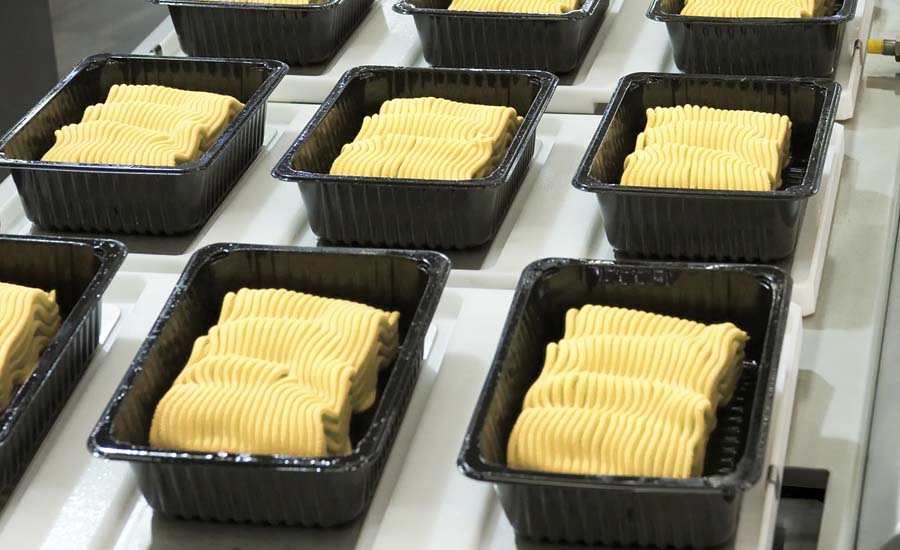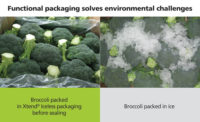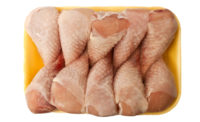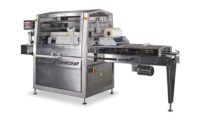The modified atmosphere packaging (MAP) market is projected to be worth $13.78 billion by 2020, according to "Modified Atmosphere Packaging Market by Application (Dairy Products, Bakery & Confectionery, Poultry, Seafood, & Meat Products, Convenience Food, Fruits & Vegetables, & Others) by Region - Global Trends & Forecast to 2020," published by New York-based Markets and Markets.
In 2015, North America is estimated to be the largest market for modified atmosphere packaging. Furthermore, Asia-Pacific is projected to be the fastest-growing market for modified atmosphere packaging during the period under consideration. This market is also driven by the rising income levels, changing lifestyles and growing demand for convenience and ready-to-eat foods in the emerging economies.
This report was conducted on various market segments derived on the basis of application, geography, material, machinery/technology and atmosphere/gases with respect to the global MAP market. On the basis of application, the market was segmented into dairy products, bakery and confectionary, poultry, seafood and meat products, convenience foods and fruits and vegetables, among others.
On the basis of technology/machinery, this market was segmented into tray-sealer machine, horizontal and vertical flow packaging machine, deep-drawing machine, vacuum chamber machine, bag-sealing machine, bag-in-box and more. Similarly, on the basis of atmosphere, the market was further segmented into nitrogen, oxygen, carbon dioxide and others. Furthermore, on the basis of material, it was segmented into ethylene vinyl alcohol, polyethylene, oriented polyethylene terephthalate, polyamide and others.
The geographical analysis includes all the major regions for MAP machines, materials and gases across the globe, namely North America, Europe, Asia-Pacific (APAC) and ROW.
Modified atmosphere packaging is the replacement of air in a pack with a single gas or a mixture of gases, wherein the proportion of each component is fixed when the mixture is introduced in the pack. High barrier substrates, such as ethylene vinyl alcohol, polyethylene, oriented polyethylene terephthalate, polyamide and others, become MAP packages after they are formed into trays, lid stock or bags and are filled with a selected blend of different gases. The MAP concept for packaged goods is the procedure of modifying the atmosphere surrounding a food product by vacuum, gas flushing or controlled permeability of the pack, thus controlling the biochemical, enzymatic and microbial actions to decrease the degradations/spoilage that might occur in a food item.
This allows preservation of freshness of the food product without controlling the temperature or subjecting it to any chemical treatments, such as canning, freezing, dehydration and other processes. Hence, MAP is an optimum blend of pure oxygen, carbon dioxide and nitrogen within either a high barrier or permeable package. These blends of gases are modified as per the respiratory needs of the packaged product.
To learn more of newly introduced MAP machines, check out Refrigerated & Frozen Foods’ November 2015 issue.




